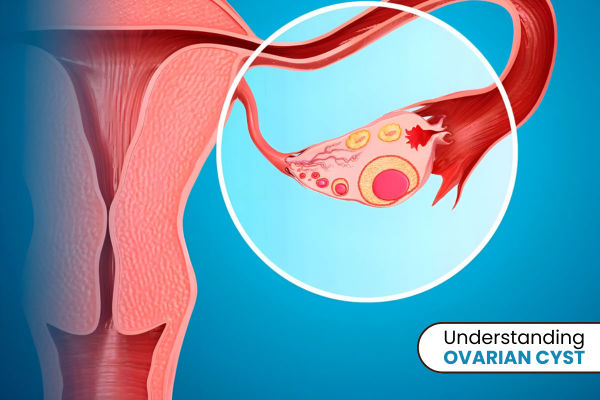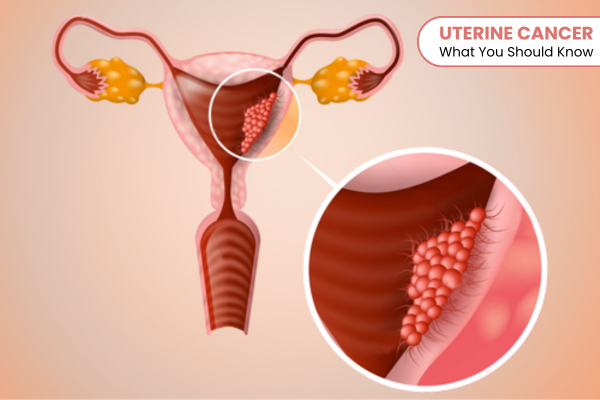Robotic Surgery: A New Era in Medical Treatment
Robotic surgery is a type of advanced surgery where doctors use a special robotic system to perform complex procedures with more precision, flexibility, and control than traditional methods. While the term may sound futuristic, robotic-assisted surgeries have become quite common in modern hospitals around the world.
This technique combines the skill of a trained surgeon with the accuracy of robotic technology. The robotic system does not make decisions or operate on its own—it is always controlled by the surgeon. The robot acts as an extension of the doctor’s hands, providing enhanced vision and steadier movements.
How Does Robotic Surgery Work?
- Robotic arms: The system includes robotic arms fitted with surgical instruments. These arms mimic the surgeon’s hand movements in real-time.
- High-definition 3D camera: A special camera provides a magnified, 3D view of the surgical area. This allows the surgeon to see even the smallest details with great clarity.
- Surgeon console: The surgeon sits at a console and controls the robotic arms through precise finger movements and foot pedals.
Benefits of Robotic Surgery
Robotic surgery offers several advantages over traditional open or laparoscopic surgeries:
- Smaller incisions: This leads to less pain, minimal scarring, and a faster recovery.
- Greater precision: The robotic instruments can move in ways that human hands can’t, allowing for more delicate procedures.
- Lower risk of infection: Because the procedure is minimally invasive, there is less exposure, which reduces the chance of infections.
- Shorter hospital stay: Many patients go home sooner and return to their normal routine faster.
- Less blood loss: Improved control means fewer complications during surgery.
Common Procedures Using Robotic Surgery
Robotic-assisted surgeries are used in a wide range of specialties, including
- Urology: Such as prostate removal or kidney surgery.
- Gynaecology: Including hysterectomy or fibroid removal.
- Gastrointestinal surgery: For conditions like hernias or colon issues.
- Cardiac surgery: In selected cases, like valve repair.
- Cancer surgeries: Where precision is critical to remove tumors without damaging nearby tissues.
Is Robotic Surgery Safe?
Yes, robotic surgery is considered safe and effective when performed by trained and experienced surgeons. It has been widely studied and continues to be refined. The robot does not replace the surgeon but enhances their abilities.
Who Can Benefit?
Not all patients are suitable for robotic surgery. The decision depends on the type of condition, overall health, and the recommendation of the surgeon. It is important to discuss all options and ask questions before deciding on the right surgical method.
Conclusion
Robotic surgery is changing the way doctors perform operations. With smaller cuts, faster healing, and high-tech precision, it offers a better experience for many patients. While it may not be right for everyone, it is certainly a step forward in the world of surgery.
Leave a Reply
Your email address will not be published. Required fields are marked *

.png)











